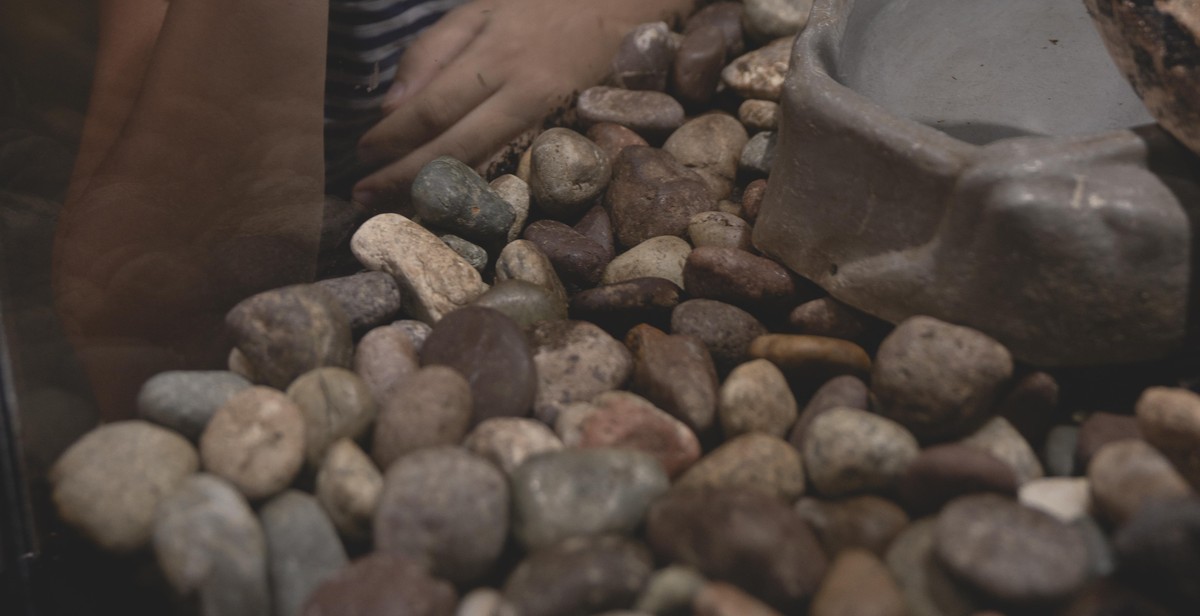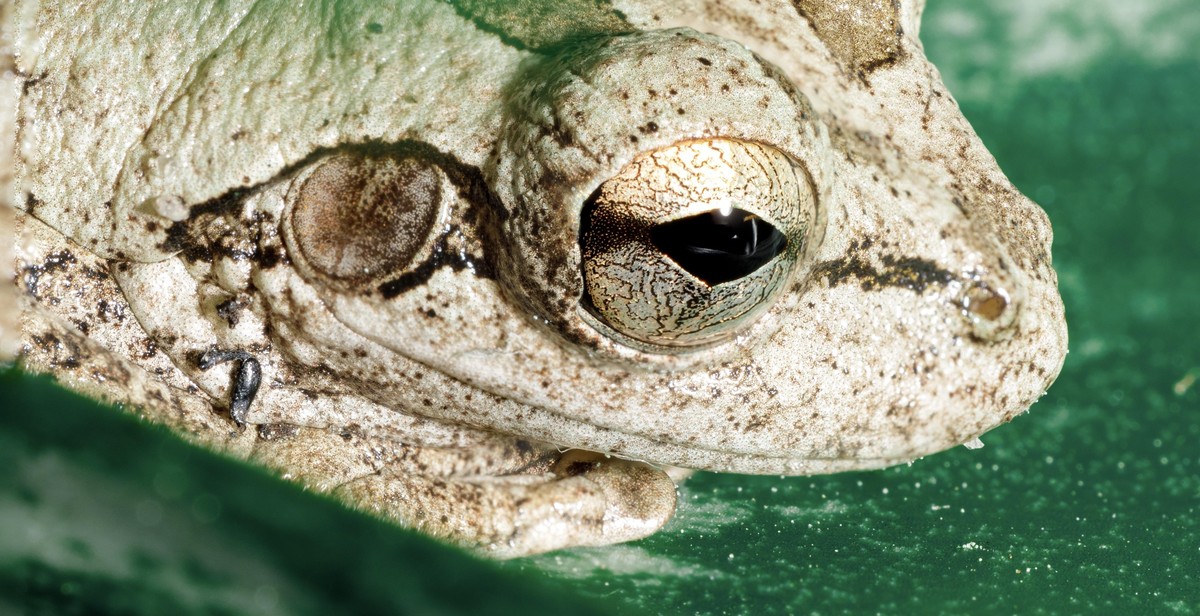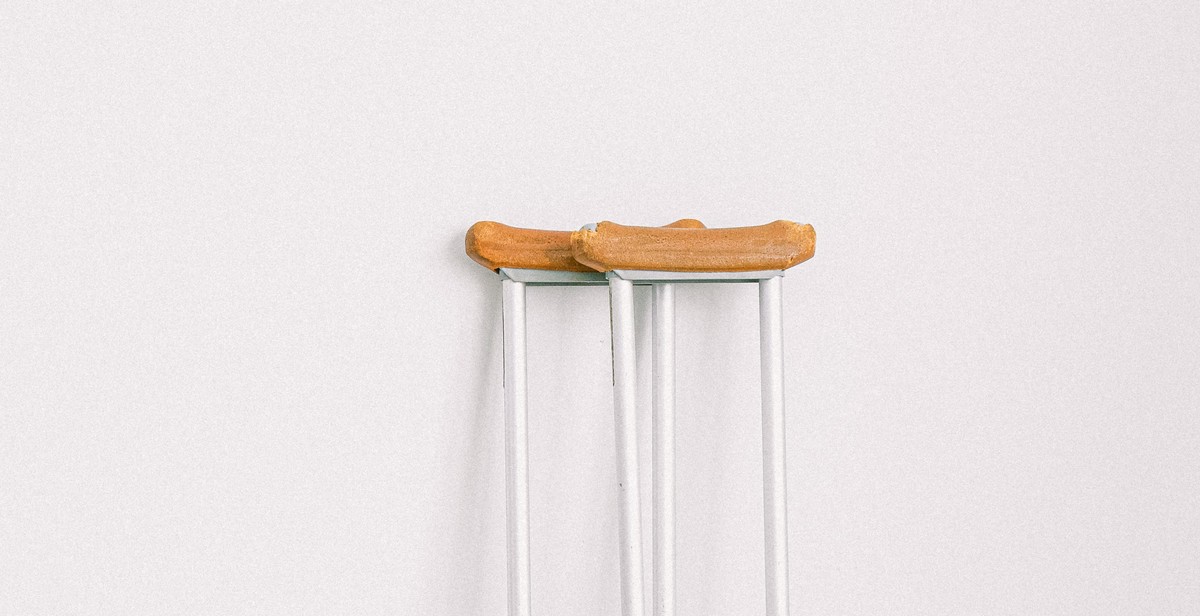Introduction
Amphibians such as frogs and newts are fascinating creatures that require a specific environment to thrive. They need a habitat that mimics their natural surroundings, with proper temperature, lighting, and humidity levels. This is where a vivarium comes in handy.
What is a Vivarium?
A vivarium is an enclosed space designed to replicate the natural habitat of a specific animal or plant species. It can be as small as a terrarium or as large as an indoor garden. In the case of amphibians, a vivarium is a carefully crafted environment that includes a water source, land area, and vegetation to create a suitable habitat for them to live in.
Setting up a vivarium for amphibians can seem like a daunting task, but it doesn’t have to be. With the right knowledge and materials, anyone can create a thriving environment for their amphibian pets. In this article, we will explore the steps involved in setting up a vivarium for amphibians, including the equipment needed, the types of plants and substrate to use, and how to maintain the vivarium to ensure the health and wellbeing of your pets.

Choosing the Right Vivarium
When it comes to creating a suitable habitat for amphibians like frogs and newts, choosing the right vivarium is crucial. A vivarium is an enclosed space that mimics the natural habitat of the animal, providing them with the necessary conditions to thrive. Here are some factors to consider when choosing the right vivarium:
Size and Shape
The size and shape of the vivarium will depend on the species of amphibian you plan to keep. It’s important to research the specific needs of your chosen species and provide them with enough space to move around and explore. Generally, a vivarium should be at least 20 gallons for one or two small amphibians, but larger species will require more space. The shape of the vivarium should also be considered as some species prefer a vertical space to climb while others require a more horizontal space to swim.
Material
The material of the vivarium will also depend on the needs of the species. Glass is a popular choice as it provides a clear view of the amphibians and is easy to clean. Plastic can also be used, but it may scratch easily and can be difficult to clean. Some species may require a specific material for their vivarium, such as a naturalistic setup with live plants and soil.
Lighting
Amphibians require specific lighting to simulate their natural habitat. UVB lighting is important for their health as it helps them produce vitamin D3, which is essential for bone health. The lighting should also mimic the natural light cycle of the species, with a day/night cycle of 12-14 hours of light and 10-12 hours of darkness.
Temperature
Temperature is another important factor to consider when choosing a vivarium. Amphibians are ectothermic, which means they rely on external sources to regulate their body temperature. The temperature of the vivarium should be kept within the range of the species’ natural habitat. A thermometer should be used to monitor the temperature, and a heating source may be necessary to maintain a consistent temperature.
Overall, choosing the right vivarium is essential to create a suitable habitat for your amphibians. By considering the size and shape, material, lighting, and temperature, you can provide your amphibians with a comfortable and healthy environment to thrive in.

Setting Up the Vivarium
Substrate
The substrate is the material that lines the bottom of the vivarium. It is essential to choose a substrate that is suitable for your amphibians. A good substrate should be able to retain moisture and provide a surface for the growth of beneficial bacteria.
Some suitable substrates for amphibians include coconut coir, sphagnum moss, and organic potting soil. Avoid using sand, gravel, or any substrate that can cause impaction or harm your amphibians.
- Coconut coir: It is an excellent substrate for amphibians as it is soft and retains moisture well.
- Sphagnum moss: It helps to maintain high humidity levels, which is crucial for the health of your amphibians.
- Organic potting soil: It is rich in nutrients and beneficial bacteria that can help break down waste and keep the vivarium clean.
Plants
Plants are an essential part of any vivarium. They provide shelter, hiding places, and help to maintain the humidity levels. When choosing plants, select those that are suitable for the species of amphibians you have. Some plants suitable for vivariums include:
- Pothos: It is an excellent plant for a vivarium as it is easy to care for and can grow in low light conditions.
- Bromeliads: They are a popular choice for vivariums as they can grow in wet environments and provide a great hiding place for amphibians.
- Ferns: They are great for adding a natural look to your vivarium and can grow in high humidity conditions.
Water Features
Amphibians need access to water to keep their skin moist and to regulate their body temperature. A water feature is an essential part of any vivarium. Some water features suitable for amphibians include:
- Water dish: It is a simple water feature that can be used by many species of amphibians. Ensure that the water is changed regularly to prevent the growth of harmful bacteria.
- Waterfall: It is an excellent way to provide running water in your vivarium. It can help to maintain humidity levels and provide a source of drinking water for your amphibians.
- Pond: A small pond can be created in your vivarium to provide a natural environment for your amphibians. Ensure that the water is filtered and changed regularly.
| Substrate | Plants | Water Features |
|---|---|---|
| Coconut coir | Pothos | Water dish |
| Sphagnum moss | Bromeliads | Waterfall |
| Organic potting soil | Ferns | Pond |

Adding Amphibians
Choosing the right species of amphibian is crucial when setting up a vivarium. Some popular choices for beginners include tree frogs, dart frogs, and newts. It is important to research the specific needs of each species to ensure they are compatible with the vivarium’s environment.
Acclimation Process
Before adding any amphibians to the vivarium, it is important to properly acclimate them to their new environment. This will help reduce stress and ensure they adjust well to their new home.
- First, place the amphibian’s container near the vivarium for a few hours each day to allow them to adjust to the temperature and humidity levels.
- Next, place the container inside the vivarium for a few hours each day, gradually increasing the amount of time they spend inside.
- Finally, release the amphibian into the vivarium once they have fully acclimated to their new environment.
It is important to monitor the amphibian closely during the acclimation process to ensure they are adjusting well and not showing any signs of stress or illness.
| Species | Temperature Range | Humidity Range | Diet |
|---|---|---|---|
| Green Tree Frog | 68-78°F | 50-80% | Insects, small rodents |
| Dart Frog | 72-80°F | 70-80% | Fruit flies, small insects |
| Eastern Newt | 60-70°F | 50-70% | Insects, small fish |
Overall, adding amphibians to a vivarium can be a rewarding experience for both the animals and their caretakers. By choosing the right species and properly acclimating them to their new environment, you can create a thriving and beautiful habitat for frogs and newts.

Maintenance
Setting up a vivarium for amphibians requires proper maintenance to ensure the health and well-being of your pets. Here are some tips on how to keep your vivarium clean and your amphibians well-fed.
Cleaning
Regular cleaning is essential to keep your vivarium free from harmful bacteria and parasites that can harm your amphibians. Here are some steps to follow:
- Remove any uneaten food and feces from the vivarium daily to prevent the buildup of harmful bacteria.
- Replace the water in the water dish daily to prevent the growth of harmful bacteria.
- Spot-clean the vivarium weekly by removing any debris and wiping down the glass with a mild soap and water solution. Rinse thoroughly to remove any soap residue.
- Perform a deep clean of the vivarium every month or as needed. This involves removing all the substrate, decorations, and accessories and thoroughly cleaning them with a mild soap and water solution. Rinse everything thoroughly and allow it to air dry before putting it back into the vivarium.
Feeding
Amphibians have specific dietary requirements, and it’s essential to provide them with a balanced diet to ensure their health and well-being. Here are some tips on how to feed your amphibians:
- Feed your amphibians a variety of live or frozen food, such as crickets, mealworms, and waxworms.
- Offer food appropriate for the size of your amphibians. Smaller amphibians require smaller prey items, while larger amphibians can eat larger prey.
- Feed your amphibians once a day, or as needed, according to their appetite.
- Remove any uneaten food after 15-30 minutes to prevent the buildup of harmful bacteria.
| Food Type | Frequency | Amount |
|---|---|---|
| Crickets | Once a day | 5-10 crickets per amphibian |
| Mealworms | Twice a week | 5-10 mealworms per amphibian |
| Waxworms | Once a week | 2-3 waxworms per amphibian |
By following these maintenance tips, you can ensure that your vivarium provides a safe and healthy habitat for your amphibians.

Conclusion
Creating a vivarium for your amphibians can be a fun and rewarding experience. It is important to remember that each species has its own unique needs, so research is key to creating a suitable habitat.
When setting up your vivarium, be sure to consider factors such as lighting, temperature, humidity, substrate, and plants. These elements will help to create a natural and healthy environment for your amphibians.
It is also important to regularly maintain your vivarium, including cleaning, watering, and feeding your amphibians. This will ensure their continued health and happiness.
By following the steps outlined in this article, you can create a beautiful and functional vivarium for your frogs and newts. Remember to always prioritize the well-being of your amphibians and enjoy the process of creating their perfect home.
| Key Takeaways: |
|
